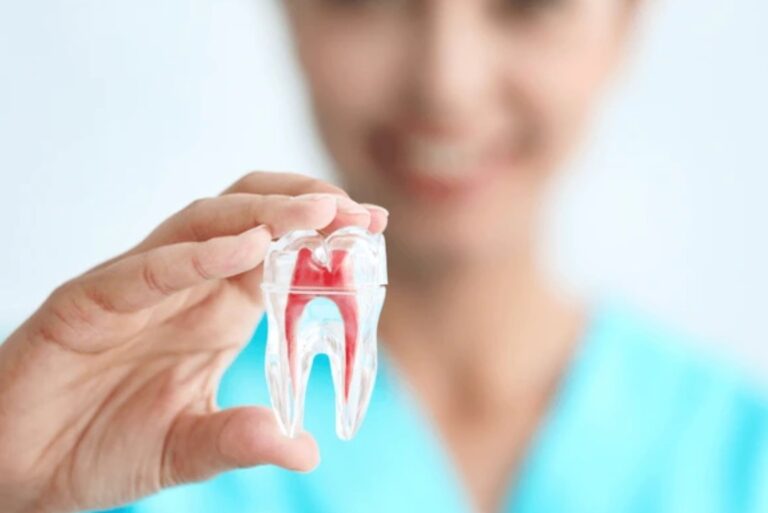
Surgical recovery often involves several phases, each requiring specific interventions to restore mobility and function. Physical therapy is widely recognized as an effective method to aid in this recovery. A combination of targeted exercises and specialized techniques supports the body’s natural healing process and improves functional outcomes. Here is information about what modern physical therapy entails and the ways it can assist in post-surgery recovery:
What Does Modern Physical Therapy Comprise?
Modern physical therapy, or orthopedic therapy, is far more comprehensive than many might imagine. It includes a blend of techniques and tools tailored to address an individual’s particular needs. Physical therapists work closely with patients to develop personalized treatment plans that optimize recovery and promote long-term rehabilitation.
One core component of orthopedic therapy is movement-based therapy, which uses exercises to restore range of motion, strength, and coordination. These exercises may involve resistance training and functional movement drills that mimic everyday activities. Therapists often adjust the difficulty level of these exercises based on recovery progress, building strength and flexibility over time.
Manual therapy is another frequently employed approach. This treatment involves hands-on techniques such as joint mobilization and soft tissue massage. These interventions can help reduce stiffness, improve circulation, and support muscle recovery.
Additionally, orthopedic therapy integrates technology to enhance treatment outcomes. Electrical stimulation, ultrasound therapy, and heat or cold application are commonly employed to alleviate pain and improve tissue healing. These technologies are often used alongside traditional therapeutic strategies to maximize effectiveness.
Education also plays a significant role in modern orthopedic therapy. Therapists guide patients on proper techniques for mobility, posture, and ergonomics to minimize the risk of re-injury and support continued progress after formal therapy sessions conclude. Together, these components form a holistic approach that addresses the diverse needs of post-surgical patients.
How Can Physical Therapy Aid in Post-Surgery Recovery?
Physical therapy aids recovery by enhancing the body’s ability to heal and regain function. After surgery, a structured rehabilitation approach can improve outcomes and help patients achieve measurable progress. One way orthopedic therapy supports recovery is by reducing stiffness and improving mobility. Due to surgery, joints and soft tissues may become stiff after immobilization or restricted movement. Targeted exercises and manual therapy techniques can restore range of motion and the body’s functional capabilities.
Orthopedic therapy also focuses on regaining strength. Surgery often leads to muscle atrophy, where muscles weaken due to limited use. Specific strength-training exercises, either with or without resistance equipment, help rebuild muscle function, stabilize affected areas, and enable a return to daily activities.
Balance and coordination are other key elements addressed during orthopedic therapy. Post-operative changes, such as altered biomechanics from surgery or temporary weakness, can compromise a patient’s stability. Balance training is therefore incorporated to reduce the risk of falls and improve overall functional movement.
Another key benefit is pain management. Orthopedic therapy can alleviate chronic or acute pain that may result from surgery through carefully designed therapeutic techniques such as manual therapy and modalities like heat or ultrasound. This strategy helps patients engage more actively in their rehabilitation.
Lastly, physical therapy promotes long-term success by preventing complications. Custom exercises and education about body mechanics can reduce the likelihood of scar tissue formation or secondary injuries. This preventative focus establishes a smoother recovery trajectory and aims to enhance the quality of life after surgery.
Also Read: Surgical and Nonsurgical Treatment Options for Shoulder Injuries
Find Out More Concerning Post-Surgical Physical Therapy Treatment
Physical therapy offers versatile and well-rounded support for those recovering from surgery. It integrates movement exercises and advanced technologies to help patients regain mobility, strength, and function. For individuals planning for surgery or currently recovering, consulting a physical therapist provides the guidance and tools necessary to optimize the healing process.








